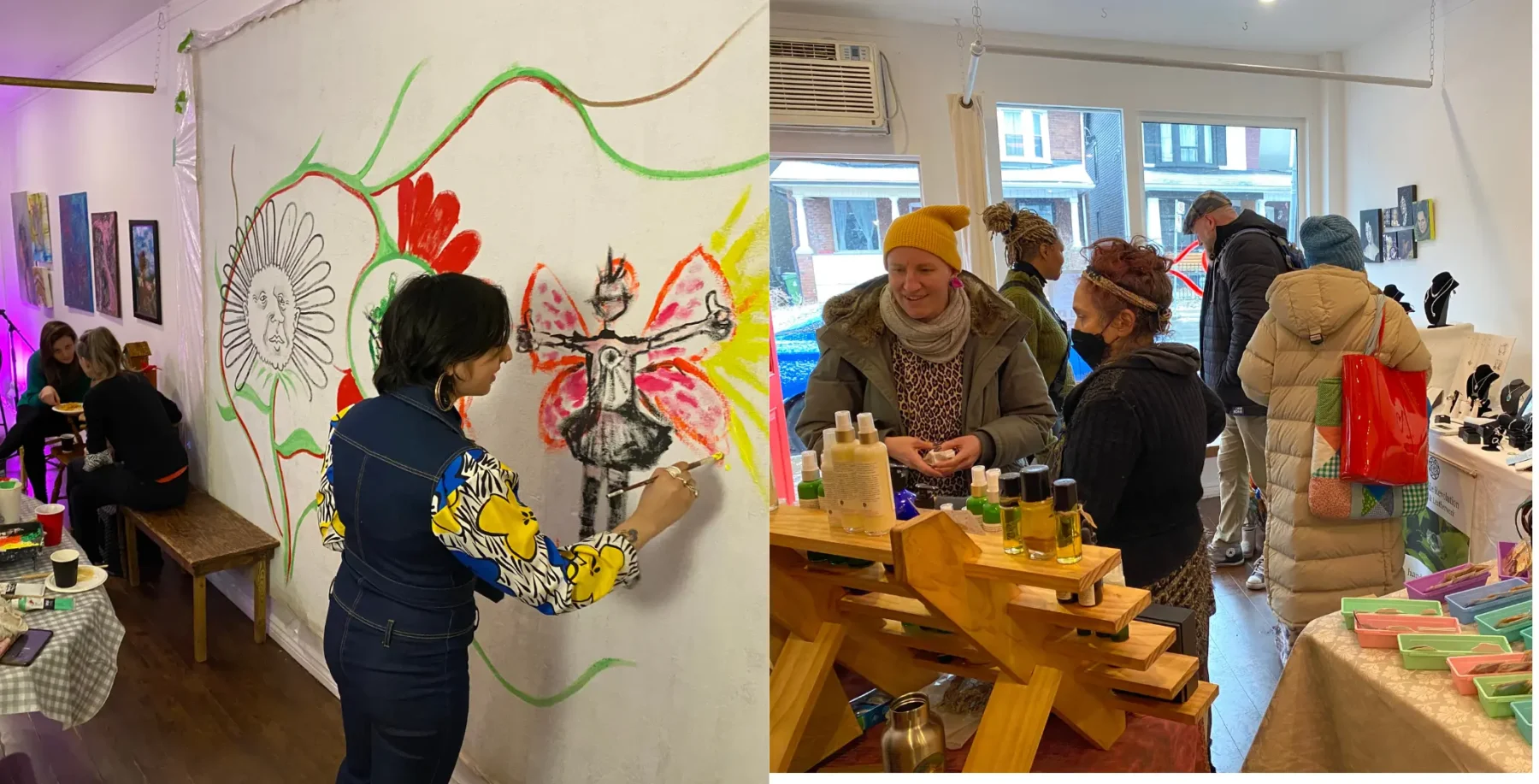
With Black History Month underway, it is truly the best time to take a trip down memory lane and commemorate the work and sacrifice Black people have made in shaping Canada.
More specifically, we’ll take a deep dive into how Black women have paved the way for generations to come all because they followed their dreams, despite being up against many odds, including racism and sexism.
Here are five trailblazing Black women who changed Canada as we know it and did not take no for an answer:
Carrie Best
Born and raised in Nova Scotia in 1903, Carrie Mae Best was an author, a civil rights activist and a notable journalist who was not afraid to speak the truth and use her voice for what mattered.

Best was also the founder of The Clarion, the first newspaper in Nova Scotia which was owned, operated and published by Black Canadians in 1946.
She also used her radio show and print newspaper to bring about change and fight for other Black people in Nova Scotia and across the country, including prominent figure Viola Desmond.
Best died in 2001, at the age of 98.
Viola Desmond
If you stick your hand inside of your wallet and pull out a $10 bill, you’ll see Viola Desmond’s face, and for good reason.

This business woman and activist, born in 1914, is best known for standing up to segregation and challenging racial discrimination in Nova Scotia. In 1946, Desmond refused to leave a Whites-only section at the Roseland Theatre in New Glasgow, Nova Scotia.
At the time, Black people were only allowed to sit on the balcony during shows.
Because of her refusal to follow the status quo, she was arrested, sent to jail and convicted without having any access to legal representation. She spent 12 hours in jail and had to pay a $26 fine for tax evasion. She went unpardoned for her entire lifetime and died in 1965.
It wasn’t until 2010, that she was pardoned by the federal government. Eight years later, the Bank of Canada would make Desmond the face of a banknote. That same year the Canadian government named her a National Historic Person.
Rosemary Brown
Rosemary Brown was a Jamaican-Canadian politician who served as a member of British Columbia’s legislative assembly for 14 years, and was a candidate for the federal party’s leadership in 1974. She died in 2003 and was 72 years old.
According to the Legislative Assembly of B.C., Brown was the first Black woman elected to a provincial legislature in Canada. She was re-elected three times and served until 1986.

“Brown championed measures to improve women’s working and social conditions, including legislation to prohibit gender-based discrimination. She also called for improved services for the elderly, the disadvantaged, immigrants and people with disabilities,” the legislative assembly’s website reads.
Anne Cools
Anne Cools, born in 1943, was the first Black person to become a Canadian senator.
Cools is best known for her part in the 1969 “Sir George Williams Affair,” where she, along with 200 students, protested their university’s disregard for complaints made about racist incidents.

The riot is known as the largest student riot in Canadian history. In fact, the protest saw $2 million in damages caused by a fire.
Around 97 people were arrested, including Cools. She was sentenced to six months in jail but only served four. She was also fined $1,500.
After news of her conviction, other students burned former Prime Minister Pierre Trudeau’s statue, along with a replica of the Canadian flag.
In an interesting turn of events, Trudeau would appoint Cools to the senate 15 years later in 1984. She was also a candidate for the Liberal Party in two federal elections.
Mary Ann Shadd Cary
Mary Ann Shadd Cary was the first woman to become a publisher in Canada. She was also an abolitionist who arrived in Canada just as American slaves were trying to escape slavery via the Underground Railroad.

She devoted her life to teaching and mentoring the children of former slaves who arrived up north.
Shadd Cary made it her mission to highlight the successes of Black people who found freedom in Canada thanks to The Provincial Freeman, a weekly newspaper first printed in 1853.
It was this milestone that made her the first Black woman in North America to publish a newspaper, and one of the first female journalists ever in Canada.
After her time in Canada, she returned to the U.S. to help in the women’s suffrage movement. She later died in Washington in 1893, at the age of 69.












